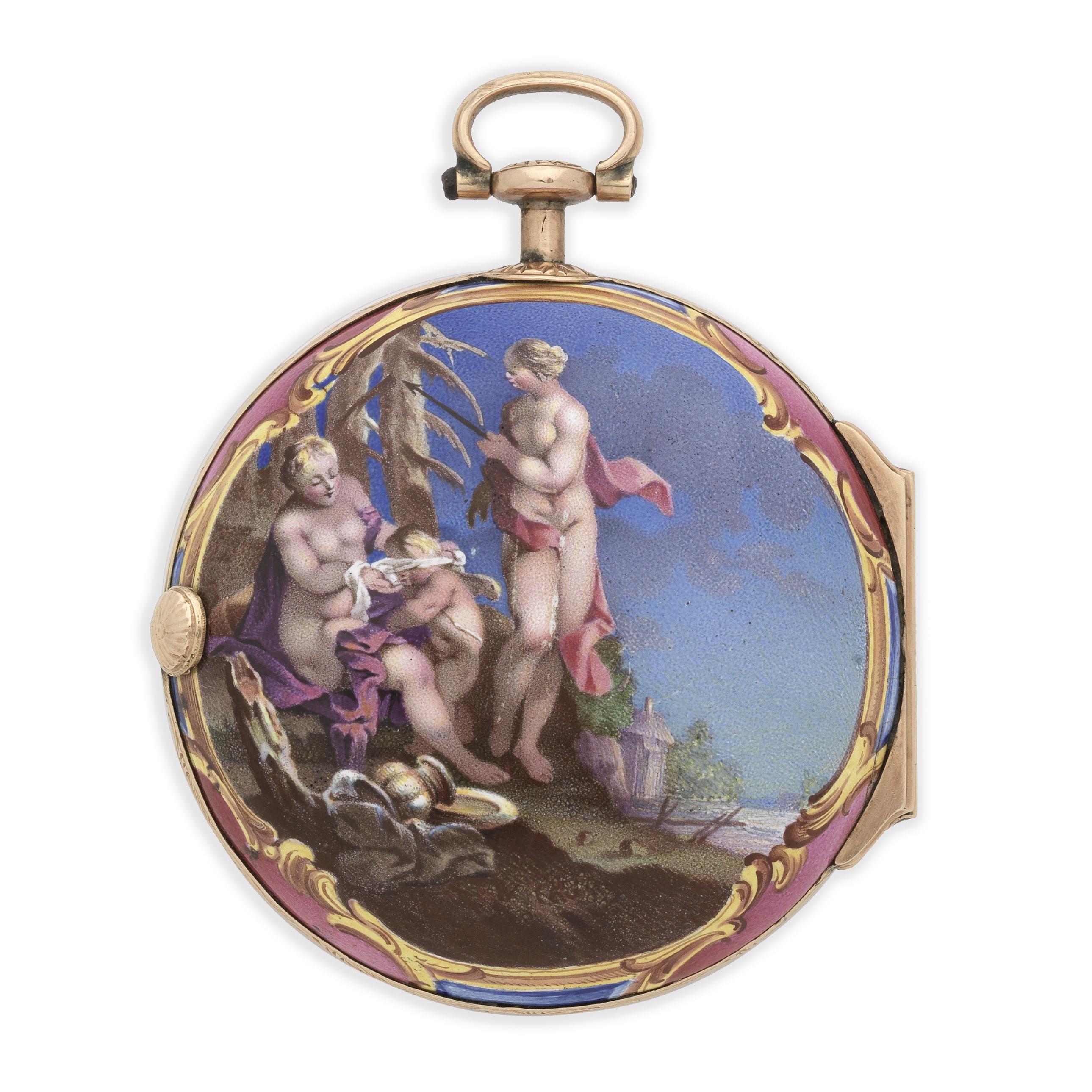The Allure of Vintage Watches

Vintage watches hold a unique charm that captivates collectors, enthusiasts, and casual admirers alike. These timepieces, often rich in history and craftsmanship, offer more than just the ability to tell time; they tell stories of the past, embodying the spirit of the eras in which they were created. In this article, we will explore the appeal of Vintage Watches, their significance in the world of horology, and what to consider when diving into the vintage watch market.
The Appeal of Vintage Watches
One of the primary reasons people are drawn to vintage watches is their character. Unlike modern mass-produced timepieces, vintage watches often feature distinct designs and unique craftsmanship that reflect the style of their time. The patina that develops over decades adds to their charm, making each piece a one-of-a-kind treasure.
Moreover, vintage watches can serve as a connection to history. Wearing a watch that once belonged to a notable figure or was produced during a significant event can evoke a sense of nostalgia and appreciation for the past. For many collectors, vintage watches are not just accessories; they are artifacts that embody personal and historical narratives.
The Craftsmanship Behind Vintage Watches
The craftsmanship of vintage watches is another compelling aspect. Many vintage timepieces were made by skilled artisans who poured their expertise into every detail. Brands like Rolex, Omega, and Patek Philippe have a storied history of producing exceptional watches that often incorporate intricate mechanical movements, high-quality materials, and timeless designs.
In an era when many watches are produced using automated processes, vintage watches often showcase the artistry and precision of traditional watchmaking techniques. This craftsmanship leads to a level of durability and reliability that can still outperform some modern watches.
Collecting Vintage Watches
For those interested in collecting vintage watches, there are several factors to consider:
1. Research and Education
Before diving into the vintage watch market, it’s essential to educate yourself about different brands, models, and historical significance. Books, online forums, and watch enthusiast communities can provide valuable insights. Understanding the nuances of specific models, including their production years and unique features, can help collectors make informed decisions.
2. Condition and Authenticity
When purchasing a vintage watch, pay close attention to its condition. Factors such as the movement, case, and dial should all be evaluated. Original parts typically add value, while any replacements can diminish a watch's worth. Ensure that you are buying from reputable dealers who provide authentication and provenance for their pieces.
3. Market Trends
The vintage watch market can fluctuate, influenced by trends, brand popularity, and collector demand. Staying informed about market trends will help you make wise investment decisions. Certain brands and models may appreciate significantly over time, while others may not hold their value as well.
4. Personal Connection
While investment potential is important, collectors should also seek pieces that resonate with them personally. Whether it’s a watch that reflects a specific era, a brand with a storied history, or a design that captivates your style, finding a personal connection can enhance the joy of collecting.
Conclusion
Vintage watches offer an enchanting glimpse into the world of horology, combining artistry, history, and craftsmanship. Whether you’re a seasoned collector or a newcomer drawn to their charm, these timepieces serve as reminders of the enduring allure of watchmaking. As you explore the vintage watch market, remember to appreciate not only the value of the watches but also the stories they tell and the legacy they carry forward.
- Art
- Causes
- Crafts
- Dance
- Drinks
- Film
- Fitness
- Food
- Games
- Gardening
- Health
- Home
- Literature
- Music
- Networking
- Other
- Party
- Religion
- Shopping
- Sports
- Theater
- Wellness


